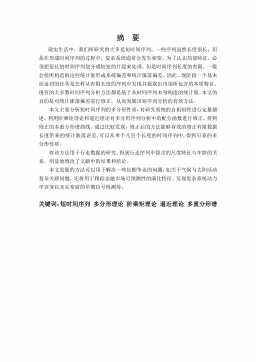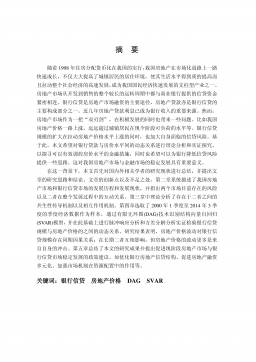耳听觉诱发电位的小波模极大值方法研究
摘要听觉诱发电位,即听性脑干反应(AuditoryBrainstemevokedResponse,ABR),是在给予短声刺激后潜伏期在10ms内诱发出一系列电位。ABR在听力损伤的鉴别、异常听觉的定位、对听觉测试结果的复核等方面具有重要的应用价值。由于自发脑电及体外环境的干扰,通常采集到的ABR信号被淹没在较大的背景噪声之中,因此通过工程技术手段和数学方法对ABR信号进行去噪处理,从而提供特征清晰的ABR波形具有重要临床意义。传统的去噪方法是叠加平均技术,即施加多次刺激,将离散化数据调整为与每次刺激出现的时刻对齐,然后取平均值。通常这种方法需要叠加几百次甚至上千次才能得到比较好的ABR波形。然...
相关推荐
-
XX中学英语学科质量提升计划书VIP免费
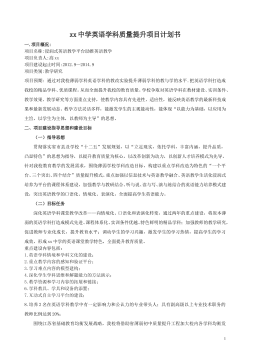
 2025-01-09 8
2025-01-09 8 -
VIPKID-美国小学在家上-在线英语学习项目商业计划书VIP免费

 2025-01-09 8
2025-01-09 8 -
English TV--英语学习智能视频平台创业商业计划书VIP免费

 2025-01-09 11
2025-01-09 11 -
English TV,4--英语学习智能视频平台商业计划书VIP免费

 2025-01-09 14
2025-01-09 14 -
260Educotton-让孩子快乐学习英语的平板电脑商业计划书VIP免费

 2025-01-09 12
2025-01-09 12 -
XX英语学校创业策划书VIP免费

 2025-01-09 11
2025-01-09 11 -
Ustudy-K12英语在线学习产品商业计划书VIP免费
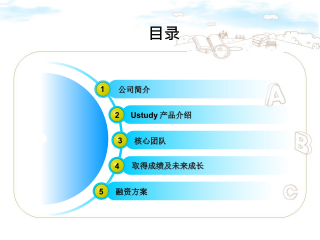
 2025-01-09 12
2025-01-09 12 -
Strawberry English School (SES)英语培训学校计划书VIP免费
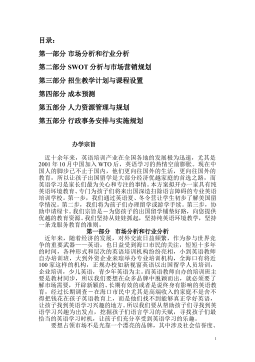
 2025-01-09 16
2025-01-09 16 -
《天中英语智能电子公司创业商业计划书》VIP免费
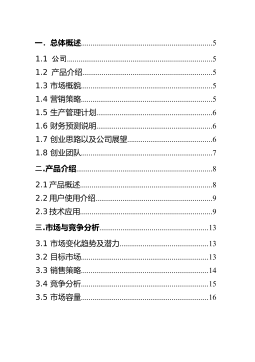
 2025-01-09 13
2025-01-09 13 -
XXXX少儿英语培训学校创业计划书VIP免费
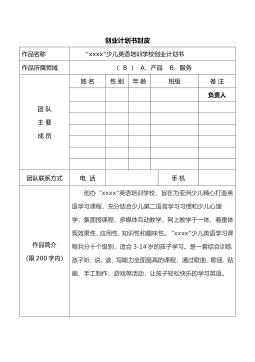
 2025-01-09 21
2025-01-09 21
相关内容
-

XX英语学校创业策划书
分类:中小学教育资料
时间:2025-01-09
标签:无
格式:WPS
价格:10 积分
-

Ustudy-K12英语在线学习产品商业计划书
分类:中小学教育资料
时间:2025-01-09
标签:无
格式:PPTX
价格:10 积分
-

Strawberry English School (SES)英语培训学校计划书
分类:中小学教育资料
时间:2025-01-09
标签:无
格式:DOC
价格:10 积分
-

《天中英语智能电子公司创业商业计划书》
分类:中小学教育资料
时间:2025-01-09
标签:无
格式:DOC
价格:10 积分
-

XXXX少儿英语培训学校创业计划书
分类:中小学教育资料
时间:2025-01-09
标签:无
格式:DOC
价格:10 积分


